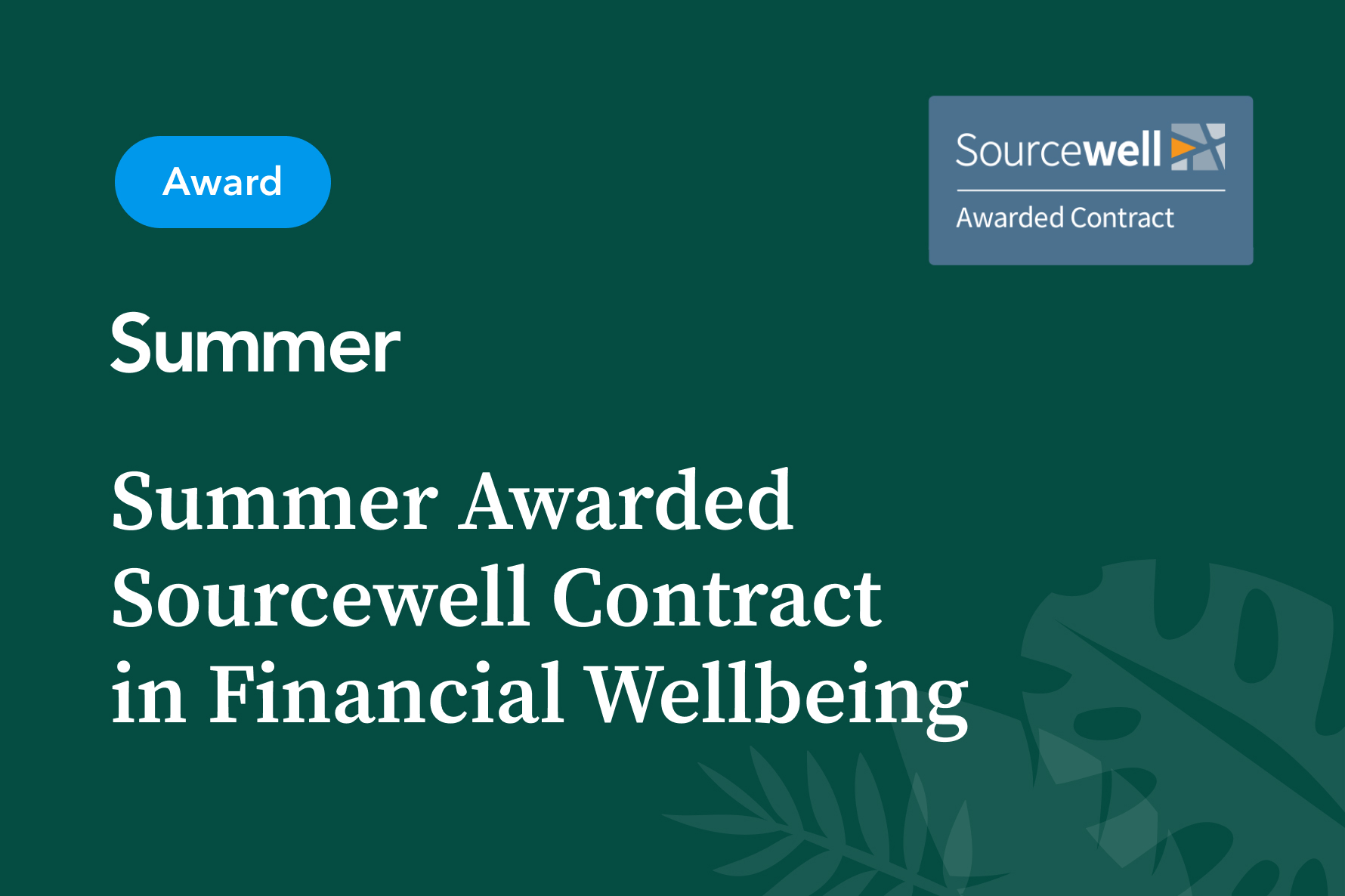Confused by the Public Service Loan Forgiveness (PSLF) process? Don’t worry! We’re here to help clarify how changes in your income affect how much of your student debt would be forgiven under PSLF. First, let’s start by quickly reviewing the eligibility requirements necessary to qualify for PSLF.
Eligibility Requirements
1. You must work for a qualifying employer for at least 10 years
A “qualifying employer” includes any government organization, 501(c)(3) nonprofits, AmeriCorps or the Peace Corps or nonprofit organizations that don’t have 501(c)(3) status but provide a qualifying public service as their primary purpose.
2. You must have Direct loans and/or Direct Consolidation loans
Only Direct loans are eligible for PSLF. However, if you have FFEL or Perkins loans, you can consolidate your loans into a Direct Consolidation loan. This new Direct Consolidation loan is eligible for PSLF.
3. You must make 120 separate payments under an eligible repayment plan
While the standard 10-year Plan does count as an eligible repayment plan for PSLF, you’ll want to enter into an income-driven repayment (IDR) plan if you want to receive forgiveness. This is because if you are making payments under the Standard plan while working towards PSLF, you will pay off your debt within 10 years. Therefore, by the time 10 years have passed and you are eligible for forgiveness, you will have no debt left to forgive.
However, if you are currently enrolled in the standard plan and work for a qualifying employer with Direct loans and/or Direct Consolidation loans, you can still enroll in an IDR plan if you are looking for forgiveness. The payments you previously made under the standard plan will still count toward PSLF.
While you may have already heard of the eligibility requirements listed above, there is one more important factor regarding your income that you should keep in mind when working towards forgiveness, which often causes lots of confusion. Let’s walk through it together.
4. Your monthly payment under IDR must be less than your monthly payment under the standard plan if you want to receive forgiveness
It is important to consider what your remaining loan balance will be after 120 payments. Because your monthly payment under an IDR plan is determined by your income, your required monthly payment may increase or decrease based on changes in your income.
If your monthly loan payment increases to more than what you would be paying under the standard-10 year plan, then you may repay your loans sooner than 120 payments (10 years), meaning your forgivable loan balance would be $0 — despite being enrolled in an income-driven repayment plan.
The graphs below will help you visualize this concept better. We will refer to Peter as an example.
Scenarios
Scenario 1

In scenario 1, Peter is enrolled in the standard 10-year plan. While he does qualify for PSLF, he will not receive forgiveness as his remaining loan balance after 10 years is $0.
Scenario 2

In scenario 2, Peter is enrolled in an income-driven plan and therefore qualifies for PSLF. However, Peter’s income appears to be high, resulting in a higher monthly payment amount than the Standard plan payment amount. Because of these high monthly payments, Peter pays off his loan balance sooner than 10 years and will not receive any forgiveness.
Scenario 3

In scenario 3, Peter is enrolled in an income-driven repayment (IDR) plan. By enrolling in IDR, he was able to lower his monthly payments, meaning it would take more time to pay off all his student debt. By the time 10 years have passed, his remaining loan balance is still $47,800, which will be forgiven!
Scenario 4

In scenario 4, Peter is enrolled in an income-driven repayment plan but experiences a significant increase in his income. Perhaps Peter received a job promotion or got married and his reported income is now a combination of his and his spouse’s income. This increase in income causes his monthly payment to increase to more than what his monthly payments would have been under the standard plan ($702 per month). Due to this increase in income, he will not receive any forgiveness because his balance will be paid off by the time he applies for PSLF.
Scenario 5

In scenario 5, Peter spends the first couple of years repaying his loans under the standard plan. However, he realizes he could lower his monthly payment under an IDR plan and switches out of the standard plan. When the 10-year mark passes, he still has a remaining loan balance of $28,260 which will be forgiven under PSLF.















